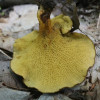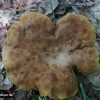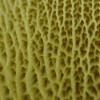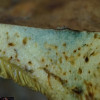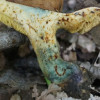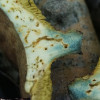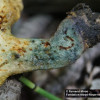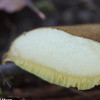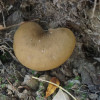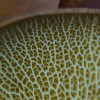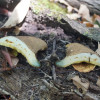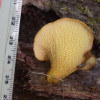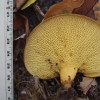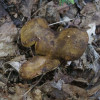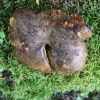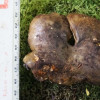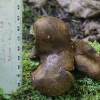Identifying Your Bolete
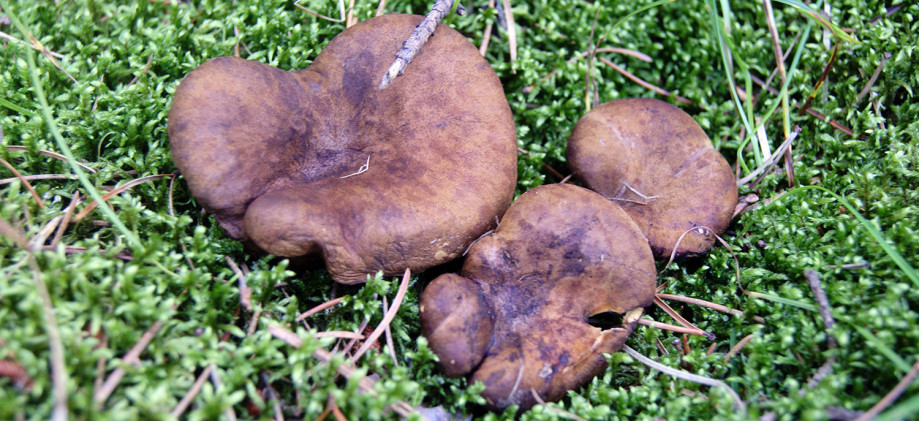
Habitat
Non mycorrhizal. Under ash trees and on lawns. In Outaouais, Quebec, we find the Ash-tree Bolete fruiting on an old stump and a decaying trunk of a Poplar Aspen.
Pores and Pore Surface
Pores angular, interveined, very large, 1 mm or more in width; the ribs going from the center to the margin are a sure criterion for its identification.
Flesh
White or yellowish, unchangeable according to the literature, but it may turn blue when cut in older fruitbodies and more intensely towards the base of the stipe. More rarely, it can be reddish in color.
White or yellowish, unchangeable according to the literature, but it may turn blue when cut in older fruitbodies and more intensely towards the base of the stipe. More rarely, it can be reddish in color.
Comments
Send a comment
Occasionnaly, some other species can have a lateral or excentric stipe as illustrated for the following boletes: 3.5 Boreal Bolete and 6.8 Pulveroboletus lignicola.
For more informations


































